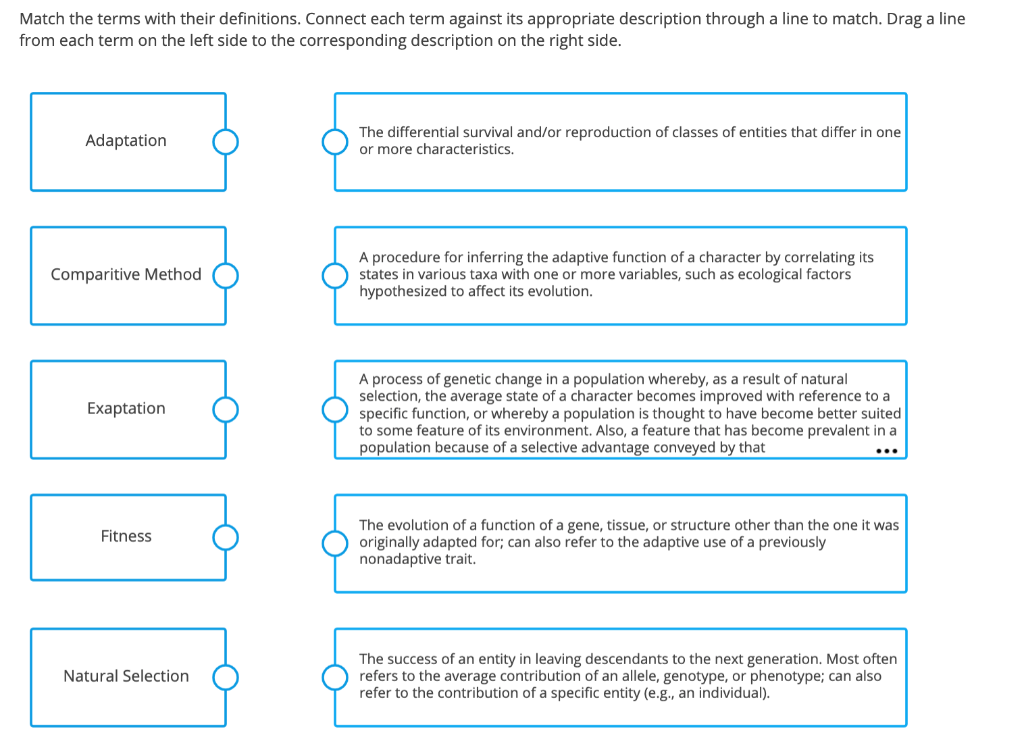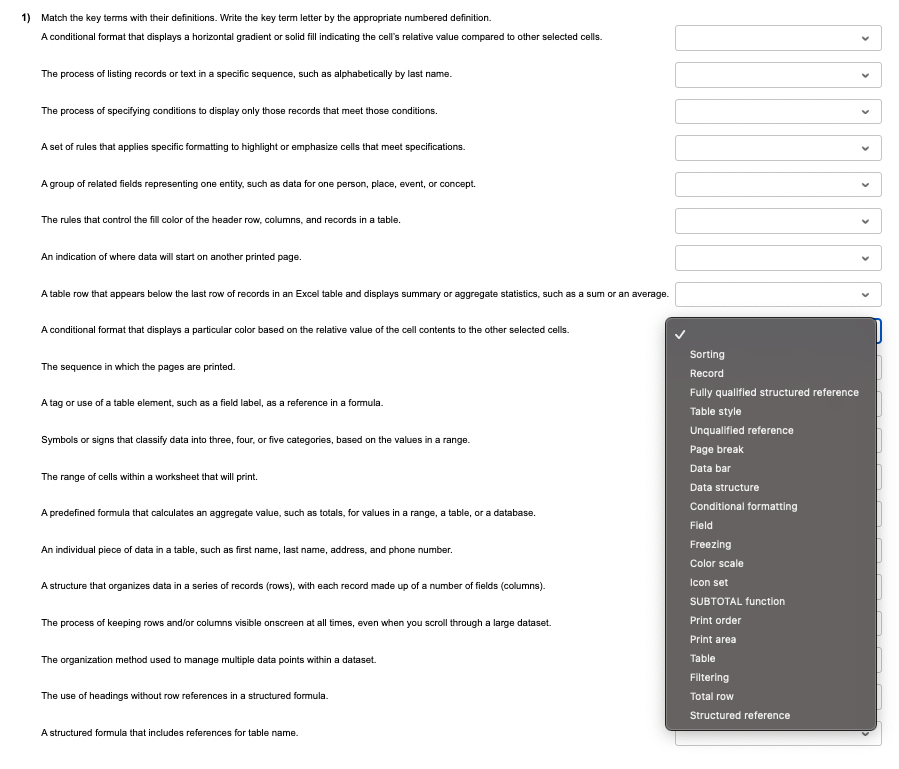Understanding “Marked” in Different Contexts
![]()
The word “marked” is a versatile word in the English language, with a range of meanings that can be interpreted depending on the context. It can be used to indicate a noticeable difference, a specific characteristic, or a deliberate action taken to highlight something. This multifaceted nature makes it crucial to understand the various ways “marked” is used in different contexts.
Different Meanings of “Marked”
The word “marked” can be used in several ways, each with a distinct meaning:
- Significantly Different: “Marked” can indicate a noticeable difference between two things or situations. For example, “There was a marked improvement in her health after she started taking the new medication.”
- Distinguished by a Feature: “Marked” can also mean that something is distinguished by a particular feature or characteristic. For example, “The book was marked by its unique narrative style.”
- Identified or Labeled: “Marked” can be used to indicate that something has been identified or labeled, often for a specific purpose. For example, “The teacher marked the student’s homework with a red pen.”
- Targeted for Attention: “Marked” can also mean that something has been targeted for attention or special treatment. For example, “The suspect’s car was marked for surveillance.”
Using “Marked” in Different Fields
The word “marked” is used in various fields, each with its own specific connotations:
- Literature: In literature, “marked” can be used to describe a character’s defining traits or a pivotal moment in a story. For example, “The character’s childhood trauma marked him for life.”
- Science: In science, “marked” is often used to indicate a significant difference between experimental groups or a measurable change in a variable. For example, “The researchers observed a marked increase in cell growth after introducing the new compound.”
- Business: In business, “marked” can be used to describe a product that is distinctive or stands out from the competition. For example, “The company’s new marketing campaign has made a marked difference in brand awareness.”
“Marked” in Combination with Other Words
The meaning of “marked” can change when used in conjunction with other words, adding nuance to its interpretation:
- Marked Difference: This phrase emphasizes a significant and noticeable difference between two things. For example, “There was a marked difference in the quality of the two products.”
- Marked Change: This phrase highlights a significant shift or transformation. For example, “The company underwent a marked change in its business strategy.”
- Marked Improvement: This phrase signifies a substantial enhancement or advancement. For example, “The student showed a marked improvement in his grades after receiving extra tutoring.”
Marked in the Context of Education and Assessment: Marked Definition
In the world of education, “marked” takes on a specific meaning, signifying the evaluation of student work. It’s a crucial process that helps teachers understand students’ learning progress and provide feedback for improvement. This evaluation process involves a variety of methods, each serving a unique purpose in assessing student understanding.
Marking Systems and Their Purposes
Marking systems are diverse, ranging from simple numerical grades to detailed written feedback and rubrics. Each system serves a distinct purpose, contributing to a comprehensive understanding of student performance.
- Numerical Grades: These are often used for quick assessment, providing a concise overview of a student’s performance. They are typically presented on a scale, such as A-F or 1-100, and can be easily compared across students and assignments.
- Written Comments: This type of marking provides detailed feedback on student work, highlighting strengths, areas for improvement, and suggestions for future learning. Written comments offer personalized insights into a student’s understanding and can be more informative than numerical grades alone.
- Rubrics: Rubrics are detailed scoring guides that Artikel specific criteria for evaluating student work. They often include clear descriptions of different performance levels, allowing teachers to provide consistent and objective feedback. Rubrics can be particularly helpful for complex assignments, ensuring all students are assessed fairly against the same standards.
Marked in Traditional and Online Learning Environments
The way “marked” is implemented differs between traditional and online learning environments. While the core purpose remains the same—to assess student learning—the methods and tools used can vary significantly.
- Traditional Learning: In traditional classrooms, marking often involves handwritten feedback on paper assignments, with teachers providing individual attention to each student’s work. This allows for immediate and personalized feedback, fostering a direct connection between teacher and student.
- Online Learning: In online environments, marking often involves digital tools and platforms. Teachers can use online grading systems to provide feedback on digital assignments, facilitating faster turnaround times and allowing students to access feedback remotely. Some platforms also offer features for collaborative marking, enabling multiple teachers to contribute to the assessment process.
Marked in the Context of Communication and Language

The term “marked” in linguistics takes on a different meaning than its everyday usage. It signifies a linguistic feature that stands out as unusual or unexpected compared to a more common, “unmarked” alternative. This concept of markedness helps us understand how language works and how meaning is conveyed through subtle differences in word choice, grammar, and pronunciation.
Markedness in Linguistics, Marked definition
Markedness is a fundamental concept in linguistics that explains the relationship between linguistic features and their frequency of use. It suggests that certain features are more common or “natural” than others. These “unmarked” features are considered the default, while the less common features are considered “marked.” Marked features often carry additional meaning or emphasis, signaling a specific intention or context.
Examples of Marked and Unmarked Features
The following table provides examples of marked and unmarked features in grammar, vocabulary, and pronunciation:
| Category | Marked Feature | Unmarked Feature | Example |
|---|---|---|---|
| Grammar | Plural form of nouns | Singular form of nouns | “cats” vs. “cat” |
| Vocabulary | Formal language | Informal language | “inquire” vs. “ask” |
| Pronunciation | Stress on the second syllable | Stress on the first syllable | “reCORD” vs. “REcord” |
A “marked definition” is like a label we place on ourselves or others, often shaping our perceptions. But these labels, while seemingly definitive, can also be limiting. To truly understand the power of these labels, we must delve deeper into the concept of designation meaning , recognizing that labels are merely signposts, not final destinations.
Ultimately, “marked definitions” can serve as a starting point for growth, reminding us that our essence transcends any label we might assign to ourselves.
A mark, a symbol, a defining characteristic – these are all facets of what it means to be “marked.” It is a reminder that we are not simply blank slates, but vessels etched with experiences, carrying the weight of our journey.
The very notion of a mark connects us to the ancient symbol of the wheel meaning – a constant cycle of motion, of progress, and of change. Each revolution, each spin, leaves its imprint, a mark upon the surface of time.
Just as the wheel turns, so too do we, leaving behind a trail of marks that define our path, our purpose, and our essence.
